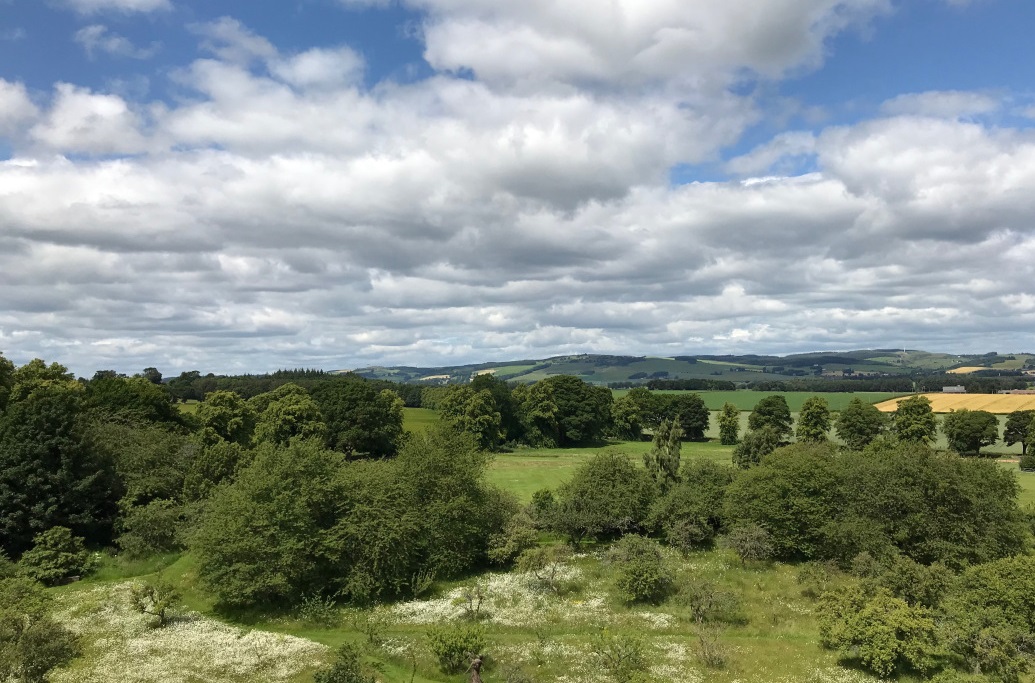
A new report has highlighted changes to Scotland's farmland market and values, amid strong timber prices and rising demand in non-farming leisure estates.
The report, published today by the Scottish Land Commission, shows the Scottish rural land market is characterised by exceptionally high demand.
But there is also continued low supply, resulting in rising values with the average farmland value increasing by more than 30% in 2021.
The study also highlighted that farming buyers were the dominant buyer type for farms in Scotland in 2021, however, lifestyle and forestry buyers are an increasingly important part of the market.
This reflects wider UK trends, with non-farming buyers of farmland, including investors and amenity buyers, purchasing just under 40% of farms in the UK over the last five years.
The report established that non-farming investors are playing an increasing role throughout the land market.
There is heightened demand for smaller farms as lifestyle holdings and from corporate entities and investors interested in plantable land and forestry holdings.
The report was compiled by Scotland’s Rural College (SRUC) in partnership with land agents Savills and Strutt & Parker, with support from the Royal Institution of Chartered Surveyors (RICS).
Hamish Trench, chief executive of the Scottish Land Commission, said: “Emerging carbon and natural capital value is an increasing influence, but other drivers remain significant in shaping farmland in Scotland.
“It emphasises that while the amount of land coming to the market has remained largely the same over recent years, demand from different types of buyer has increased significantly, raising prices."
The report found the growing role of non-farming investors has resulted in land values being increasingly influenced by long-term investment potential and corporate environmental, social and governance (ESG) considerations.
There has also been a marked shift in buyer types, with nearly half of all estates purchased in Scotland in 2021 sold to corporate bodies, investment funds or charitable trusts.
This buyer type is motivated by the potential for carbon offsetting and developing large-scale environmental improvement, the report said.
Off-market sales make up a growing proportion of land market activity, it added, with up to one-third of farmland, forestry and plantable land occurring off-market, rising to almost two-thirds of estate sales.
The report recognises that there is an element of speculation in the land market as investors look for a safe haven in a turbulent global economy and gamble on future carbon values rising.
Strong growth in land values is expected to continue due to continued low supply and high demand, high levels of private wealth and corporate interests seeking land, long-term policy on climate change, and increasing pressure on global timber markets and food supply chains.
In the Scottish estates market there was an estimated 87% increase on prices paid in 2020, and last year two estates sold for more than £20 million, while five sold for between £10-£20 million.
Echoing the national trend, 64% of successful estates sales were off-market, up from 33% in 2020, and around one-third of buyers were from overseas.
Mr Trench added: “The way the land market functions is important to Scotland’s ambitions such as net zero, nature restoration, repopulation, and community empowerment.
"Being able to participate in the market shapes not just who owns Scotland’s land, but who is able to make decisions and who benefits from land and its economic, social and environmental value.
“The report highlights a complex set of influences at work in the land market with implications for the diversity and accountability of land ownership, community participation in the market, land use decision making and market transparency.
"There is no simple answer, shaping the market in the public interest will require a careful and joined up approach in policy as well as responsible practice on the ground."
